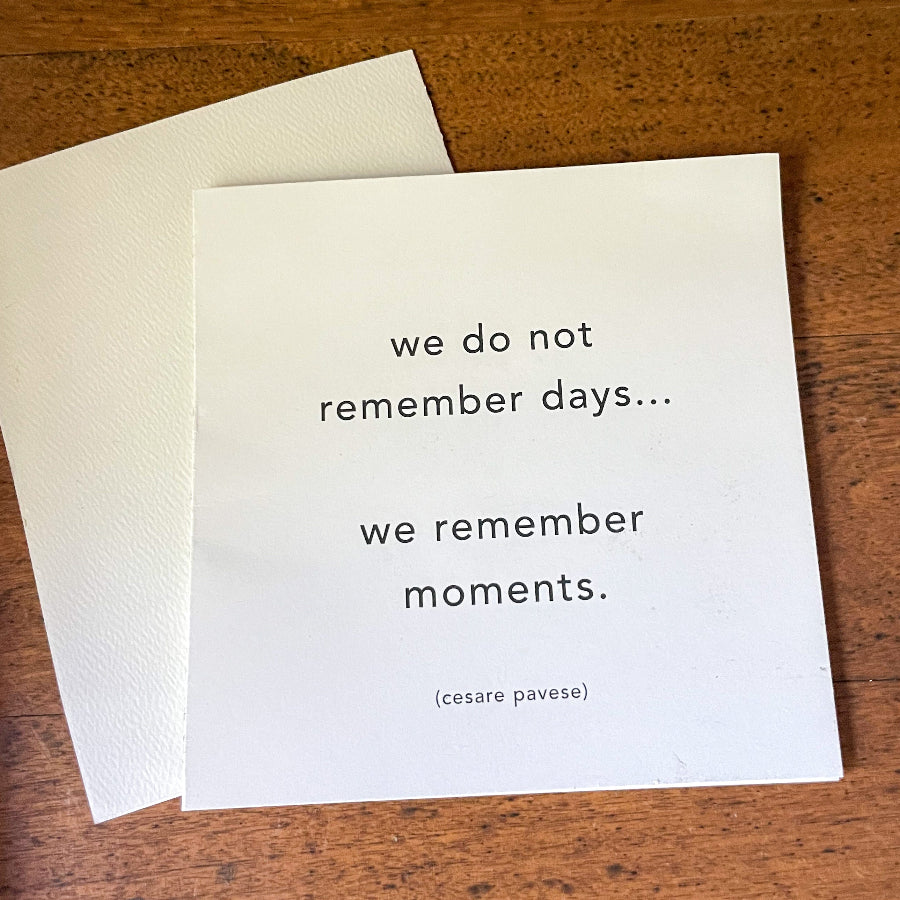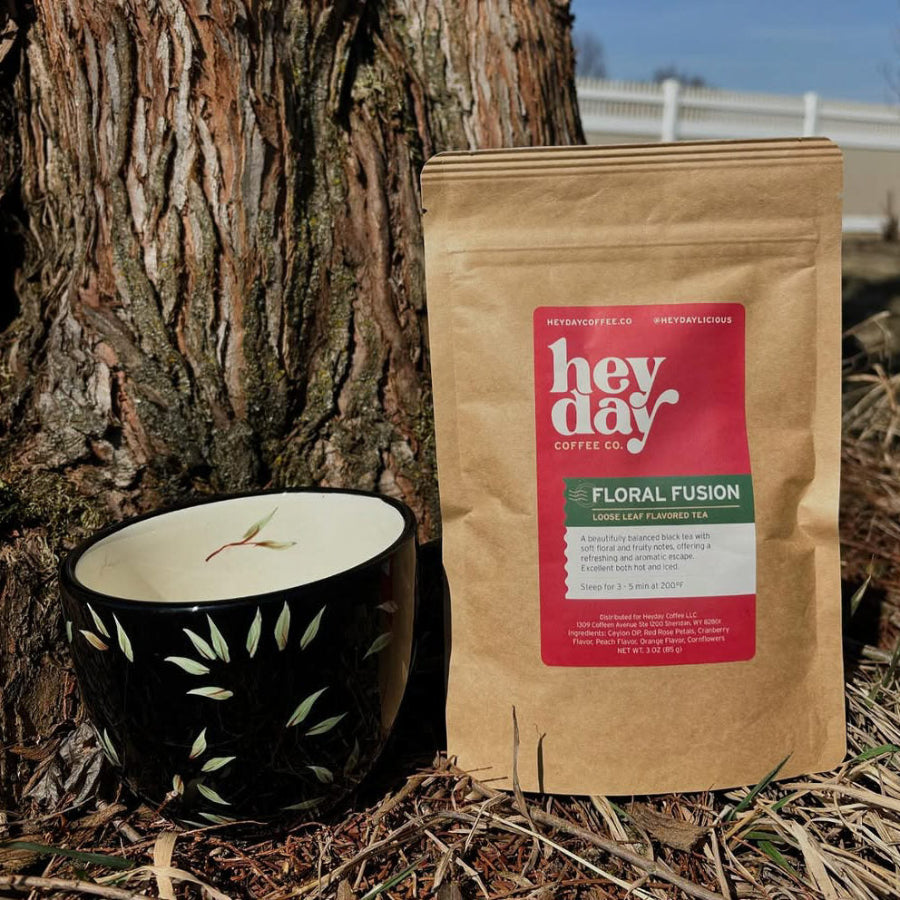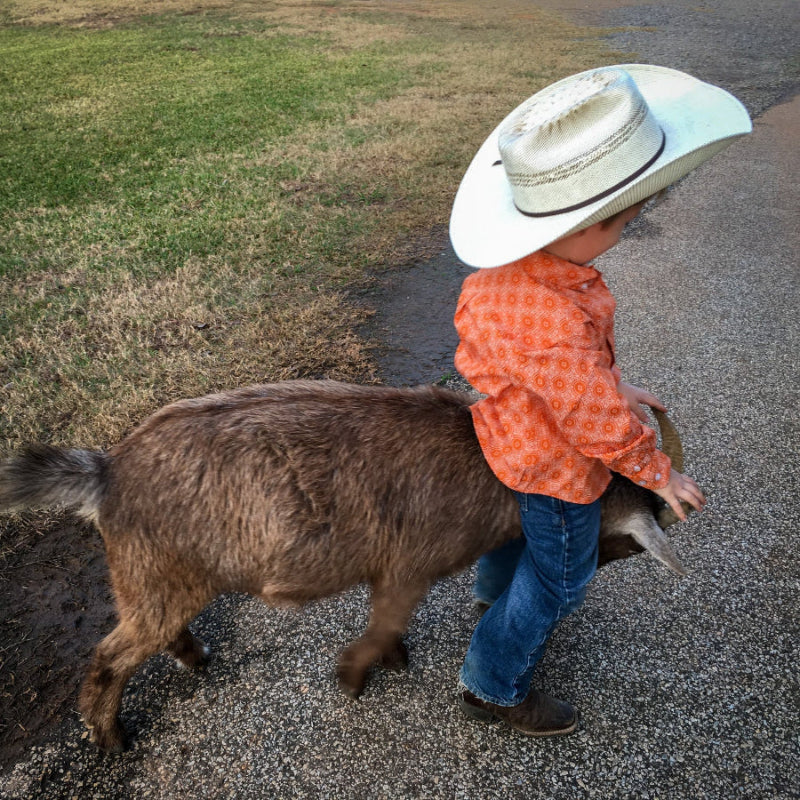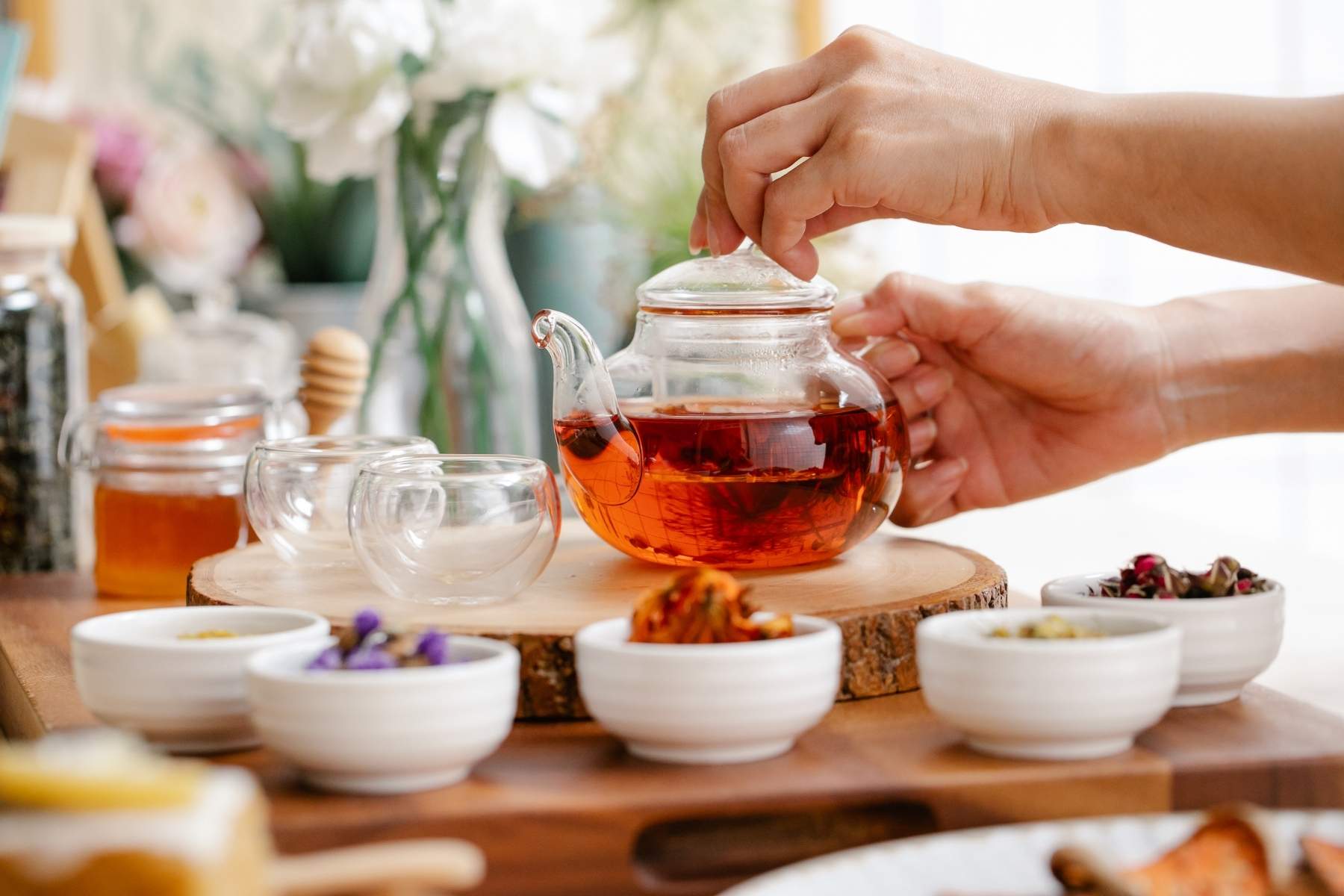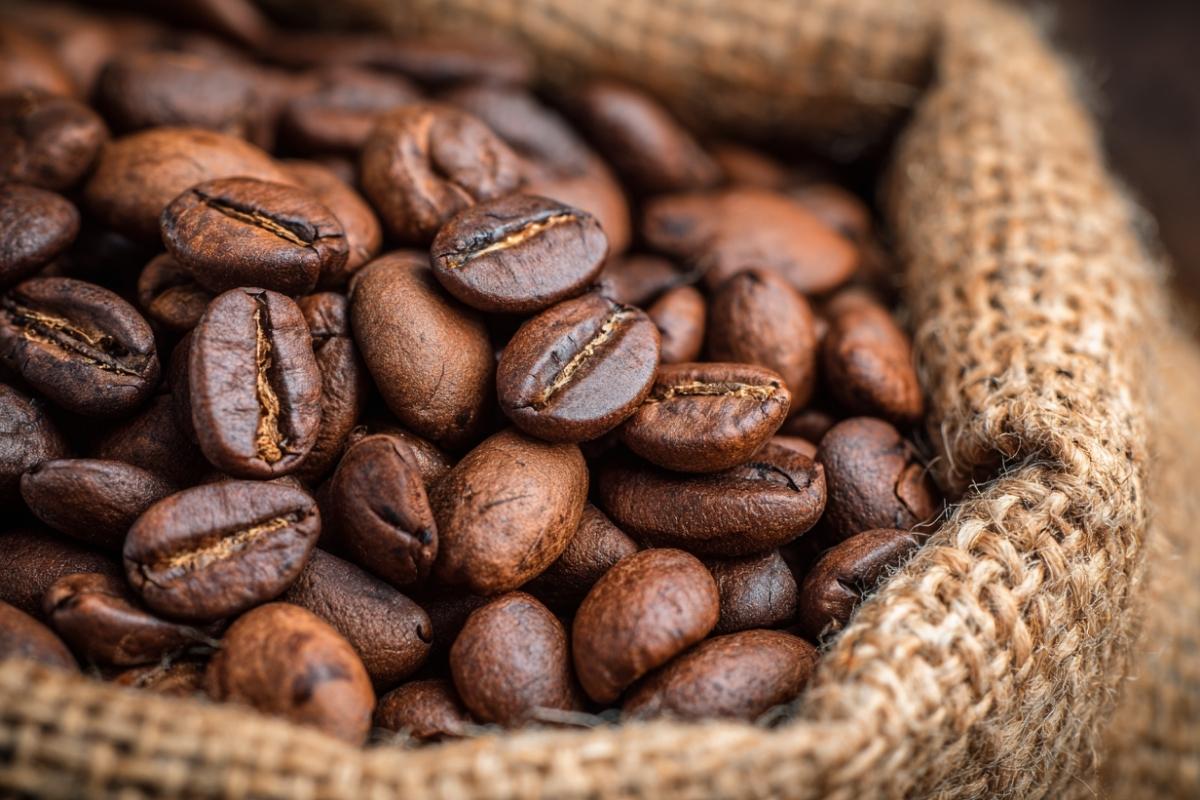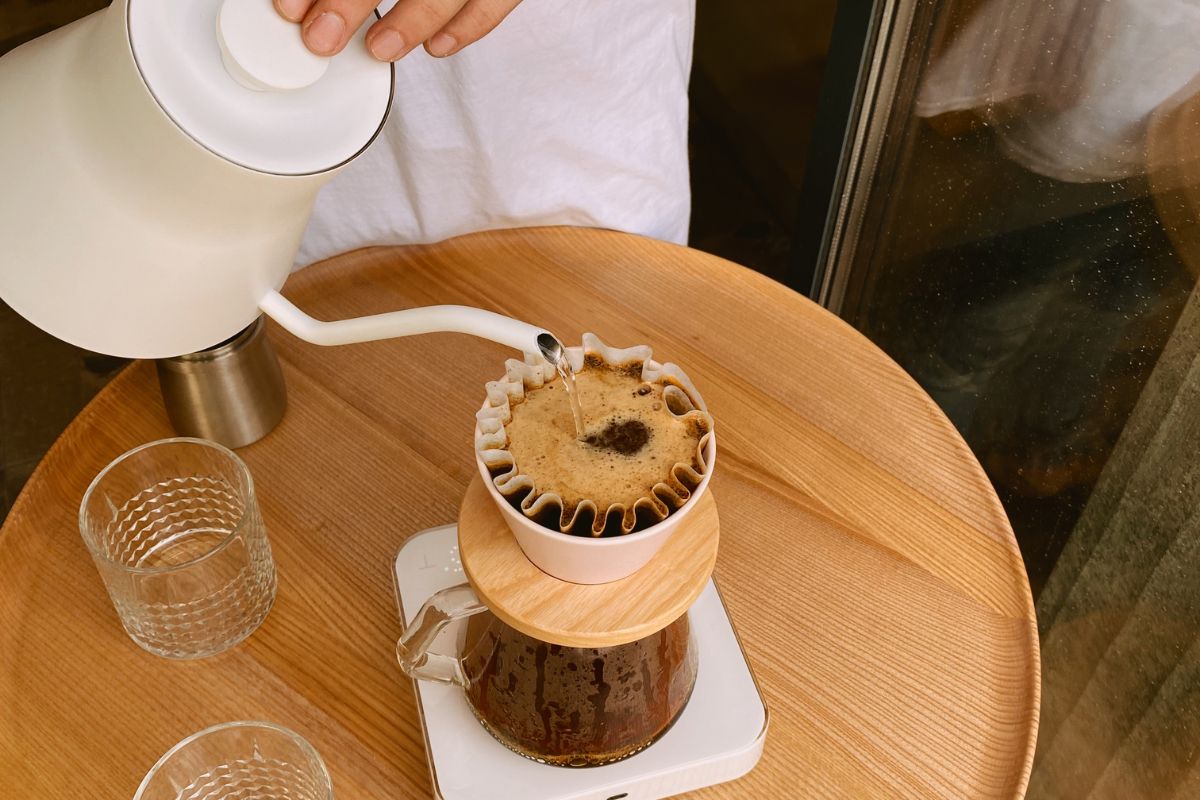
Find Your Perfect Coffee Brewing Method
Table of Contents
- Brewing Methods at a Glance
- French Press
- Pour-Over
- Automatic Drip
- Espresso
- Cold Brew
- AeroPress
- Conclusion
When it comes to coffee, “perfect” is a moving target. Some of us want a quick and clean cup before work. Others crave the ritual of slow brewing on a quiet weekend morning. The truth is, every brewing method has its strengths, and what suits you best depends on how you like to drink your coffee and how much time you want to spend making it.
In this article, we’ll break down some popular brewing methods: French press, pour-over, automatic drip, espresso, cold brew, and AeroPress. You’ll see their pros and cons side by side and we’ll look at how each one shapes flavor, body, and convenience. We’ll also touch on practical details like equipment needs and cleanup, since those often matter just as much as taste.
By the time you finish, you’ll have a clearer sense of which style fits your daily rhythm and maybe some inspiration to try a new way of brewing.

Brewing Methods at a Glance
Before we get into the details, here’s a quick side-by-side look at how the main brewing methods compare. This snapshot shows how each approach shapes flavor, how long it really takes once you count prep, brewing, and cleanup, and what kind of coffee drinker it suits best.
|
Method |
Flavor Profile |
Time Breakdown (Prep + Brew + Cleanup = Total) |
Equipment Needed |
Best For |
|
French Press |
Full-bodied, rich, heavier texture |
1 min + 4 min + 1 min = ~6 min |
Press, kettle, grinder |
Those who like a bold, tactile cup |
|
Pour-Over |
Clean, nuanced, highlights subtle notes |
1 min + 3–4 min + 2 min = ~6–7 min |
Dripper, filter, kettle |
Flavor seekers, mindful brewers |
|
Automatic Drip |
Smooth, balanced, familiar |
3 min + 7 min + 2 min = ~12 min |
Coffee maker, filters |
Convenience and brewing for groups |
|
Espresso |
Intense, concentrated, layered |
1 min + 2 min + 2 min = ~5 min |
Espresso machine, grinder |
Lovers of bold shots and milk drinks |
|
Cold Brew |
Smooth, mellow, low acidity |
12-18 hr |
Large jar or brewer |
Make-ahead drinkers, summer coffee |
|
AeroPress |
Bright, versatile, customizable |
1 min + 2 min + 1 min = ~4 min |
AeroPress, kettle, filters |
Travelers, experimenters |
French Press

Few brewing methods feel as classic and approachable as the French press. It’s a simple device that asks very little of you but gives back a cup with real weight and presence. Coarsely ground coffee steeps directly in hot water, which means the natural oils and fine particles that paper filters usually catch make their way into your mug. The result is a heavier body and a richer mouthfeel, with flavors that lean bold and earthy.
One of the main strengths of the French press is its straightforward process. Add coffee, pour in hot water, wait a few minutes, then press the plunger and serve. There’s no need for precise pouring techniques or expensive equipment. It’s also easy to brew multiple cups at once, which makes it a good choice for households or casual entertaining.
The trade-off is clarity. Because the coffee isn’t filtered as finely, the flavors are less delicate than in pour-over or drip coffee. Some people don’t mind a little grit at the bottom of the cup, but others find it distracting. Cleanup is quick, just a rinse and a sweep of the grounds, but the mesh filter does benefit from a deeper clean now and then to avoid buildup.
If you enjoy a full-bodied, tactile cup and don’t want to fuss with technique, the French press delivers satisfying results with very little effort.
Pour-Over

Pour-over brewing is often seen as a method for those who want clarity and control. Hot water is poured slowly over fresh grounds in a dripper lined with a paper or metal filter. The water moves evenly through the bed of coffee, carrying flavor compounds with it while leaving behind oils and fine particles. The result is a clean cup that highlights subtle notes and bright acidity, often creating more distinction between flavors than other methods.
The ritual of pour-over is also part of its appeal. A steady, circular pour keeps extraction balanced, and small adjustments such as water temperature, pour speed, and grind size make noticeable differences in the cup. For many coffee drinkers, this hands-on process feels meditative. Pour-over is an excellent way to showcase single-origin coffees, where nuance and complexity shine best.
On the practical side, pour-over requires more attention than methods like French press or automatic drip. It typically brews one to two cups at a time, so it is less suited to a crowd. Cleanup is quick, just a rinse of the filter or dripper. The method does take practice, but once you get the hang of it, the payoff is a refined, transparent cup that rewards focus and patience.
If you’re drawn to detail and enjoy the craft of coffee making, pour-over offers both precision and flavor.
Automatic Drip

Automatic drip machines are the workhorses of many kitchens and offices. With the push of a button, they deliver a pot of coffee that is consistent, familiar, and ready to share. Hot water drips steadily through a bed of coffee grounds, usually in a paper filter, and collects in a carafe below. The result is a smooth, balanced cup that most people recognize as the taste of everyday coffee.
The greatest strength of drip brewing is convenience. You can brew multiple servings at once, set up your machine to start on a timer, and count on reliable results without much fuss. For busy mornings or households where several people drink coffee, it is hard to beat the ease of filling a pot and letting the machine take care of the rest.
Flavor-wise, drip coffee lands somewhere between pour-over and French press. It has more clarity than immersion brewing but not quite the brightness and precision of a carefully made pour-over. Some higher-end machines allow you to fine-tune settings like temperature and flow rate, but most models are designed for simplicity rather than control. Cleanup is straightforward: toss the filter and grounds, give the basket and carafe a quick rinse, and you are done.
If your priority is a steady supply of good coffee with minimal effort, automatic drip brewing is a dependable choice.
Espresso

Espresso is small in size but big in character. By forcing hot water through finely ground coffee at high pressure, this method extracts an intense, concentrated shot with a thick body and a layer of crema on top. The flavor is bold and layered, often with a balance of sweetness, acidity, and bitterness all in a single sip.
What sets espresso apart is its versatility. A shot can be enjoyed on its own, or it can form the base of drinks like cappuccinos, lattes, and americanos. For people who enjoy milk-based coffee, espresso is essential, since its strength cuts cleanly through dairy without losing flavor.
The biggest hurdle with espresso is the equipment. Machines range from simple manual levers to complex automatic setups. While you don’t technically need a grinder, having one gives you the freshest flavor and makes it easier to adjust the grind for consistency.
The learning curve is also steeper than with methods like French press or drip, and dialing in grind size, tamp pressure, and shot time can take practice. Cleanup takes a little more effort too, since baskets and group heads need to be rinsed and wiped after use.
For those who enjoy intensity, speed, and the option to build a range of drinks, espresso is unmatched. It requires some investment in gear and practice, but once mastered it offers a depth of flavor and a sense of ritual that many coffee drinkers find irresistible.
Cold Brew

Cold brew is coffee made slowly and gently with cold water instead of hot. Coarsely ground coffee steeps for 12 to 18 hours, producing a concentrate that can be served over ice, diluted with water, or mixed with milk. The long extraction draws out sweetness and smoothness while leaving much of the acidity and bitterness behind. The result is a mellow, low-acid coffee that tastes refreshing and keeps well in the fridge for up to a week.
One of cold brew’s strengths is its make-ahead convenience. A large jar or pitcher can yield enough concentrate for several days, often lasting a full week if stored properly. It’s especially appealing in warmer weather, but many people enjoy it year-round for its gentle character.
The trade-off is speed. Cold brew requires planning ahead, since you can’t make it on the spot the way you can with hot methods. The flavor profile is also different: what you gain in smoothness, you lose in brightness and complexity. Cleanup is straightforward, though filtering out the grounds can take a little more care than with a French press or drip basket.
If you like a softer, smoother cup and the idea of coffee waiting for you in the fridge, cold brew is a reliable choice. It delivers comfort and convenience in one pitcher, provided you don’t mind a little forethought.
AeroPress

The AeroPress is a modern brewing tool that has earned a devoted following. It uses air pressure to push hot water through coffee grounds and a small filter. Depending on your recipe, it can produce a cup that’s bright and tea-like or one that’s stronger and closer to espresso. The flavor is generally smooth with low bitterness, and recipes are easy to tweak.
One of the biggest appeals of the AeroPress is its flexibility. You can experiment with grind size, water temperature, steeping time, and even which direction you brew in—the standard or the inverted method. This has made it a favorite among coffee enthusiasts who like to play with variables, and it has even inspired an international AeroPress competition scene.
The AeroPress is also practical. It’s small, light, and virtually indestructible, which makes it popular with travelers, campers, and anyone who wants good coffee outside the kitchen. Brewing takes just a few minutes, and cleanup is one of the quickest of any method: eject the coffee puck, give the parts a rinse, and it’s ready to go again.
If you like experimenting and value a brewer that can adapt to your mood or setting, the AeroPress is hard to beat. It combines speed, ease, and creativity in a compact package.
Conclusion
Finding your brewing method isn’t about chasing the perfect cup. It’s about matching the way you make coffee with the way you like to drink it. Some mornings call for something quick and steady. Other days invite a slower, more careful approach. Neither is better, they’re just different ways of enjoying the same beans.
What makes coffee satisfying is how it fits into your routine. Do you like the weight and richness of a French press? The clean brightness of a pour-over? The ease of a drip machine or the grab-and-go comfort of cold brew? The answer can change depending on the season or even the day of the week, and that’s part of the fun.
The best step you can take is to try a few methods and pay attention to what you enjoy. You may land on one that feels like it was made for you, or you may rotate between several. Either way, it’s the small act of brewing that makes coffee personal.
If you’d like to taste the difference fresh beans can make, please explore Heyday's coffee collection here: Heyday Coffee Co..


